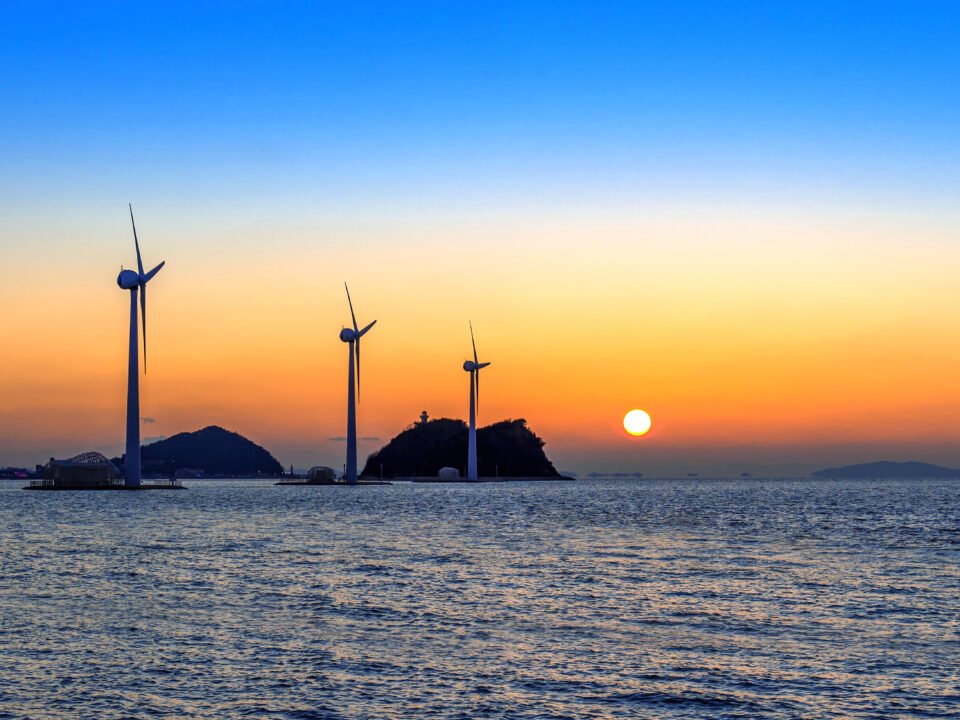Both onshore and offshore wind will see massive growth in the coming ten years. We can
always learn more about the pros and cons of onshore and offshore wind power, including how each one works their usage in the global energy marketplace, and why both will play an
an important role in the global energy transition but in this blog, we are covering its advantages and disadvantages.
Did you know which countries are massively using wind power for electricity generation? China and the USA are the two world’s largest wind power markets, with countries in the UK and Europe, North America, and India driving the trend at a rapid pace to make it the most used renewable energy resource.
What is offshore wind?
When wind power turbines are located on shallow open water instead of being placed on land
then it is called Offshore wind power farms. Usually in the ocean, where there are higher wind
speeds so we can expect some sort of consistency in the wind speed of the wind turbines. The term ‘offshore wind’ can also refer to inshore water areas like lakes as they are shallow and appropriate for use. Most offshore wind farms use fixed-foundation wind turbines in shallow water. However, by the end of this decade, there is some hope that as technology advances, wind farms will be able to be built over deeper waters.
Here are a few Advantages of offshore wind:
More energy generated
Offshore wind speeds are typically faster than on land, and even small increases in speed can
produce big-time increases in energy generation.
More wind consistency
Wind speeds offshore don’t vary as much and the wind direction doesn’t change as often, so
offshore turbines are more consistent which means more reliable power generation.
Less visual impact
Offshore turbines don’t have as much visual impact or more so, visual disturbance as those on land. They don’t interfere with land usage or aesthetics of land and sea view, and there are no physical obstacles that can interrupt the wind flow.
Bigger turbines
Offshore turbines can also be built taller than those onshore as the reachability of these
turbines to the general public become less, which means they can harness more wind energy and produce more electricity.
Let’s discuss the Disadvantages of offshore wind:
Higher cost
Creating the infrastructure for offshore wind farms located on shallow waters can be expensive and complex, especially as we move towards deeper waters.
Maintenance & repairs
When sea waves and tides are super wild or high winds are flowing, wind plants can damage its turbines, so they need more maintenance than their onshore counterparts for sure.
Noise & visibility
Noise pollution can be caused due to turbines working underwater. The underwater noises from turbines of wind power plants can impact fauna and other marine life.
Less local jobs
Unlike onshore wind farms that are located on land, those offshore wind farms on shallow
waters have a fixed and limited capacity to benefit local economies. As the manufacturers’
offices are situated inland and often they are far away from the offshore site, unfortunately, jobs aren’t created in the local community and other investments aren’t made as well,.



